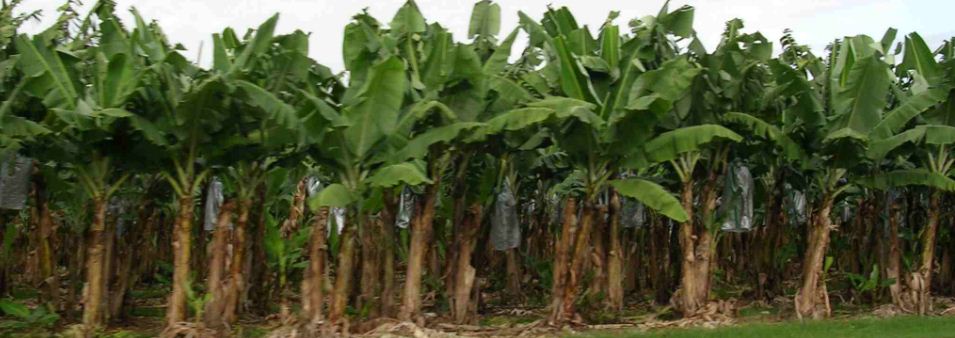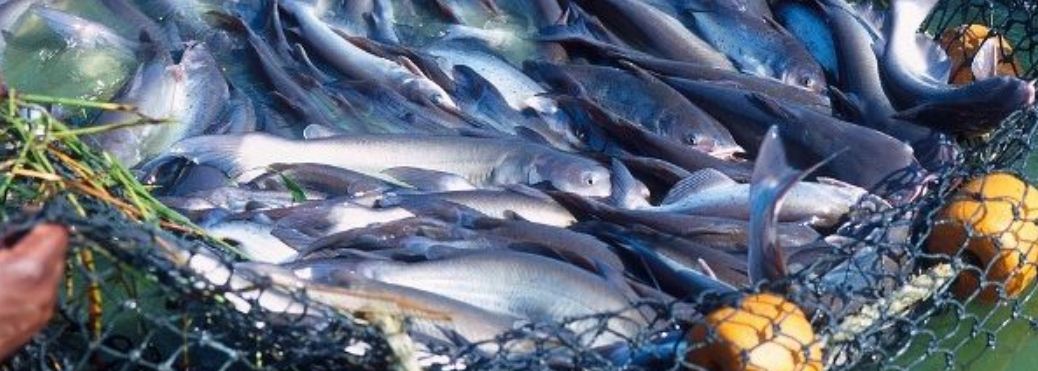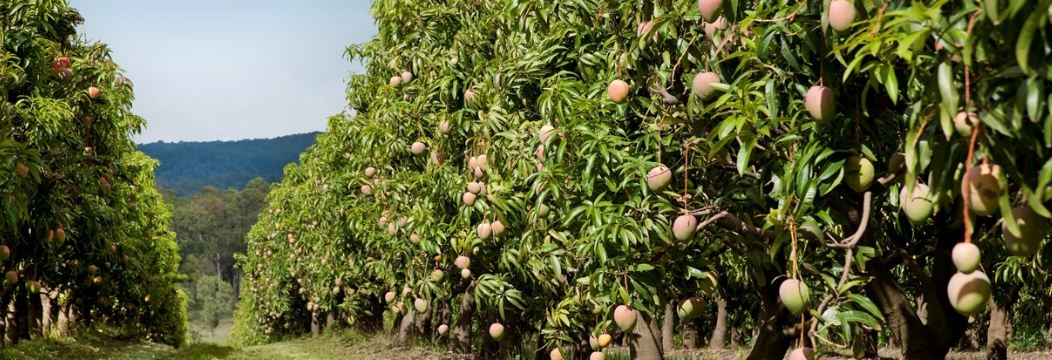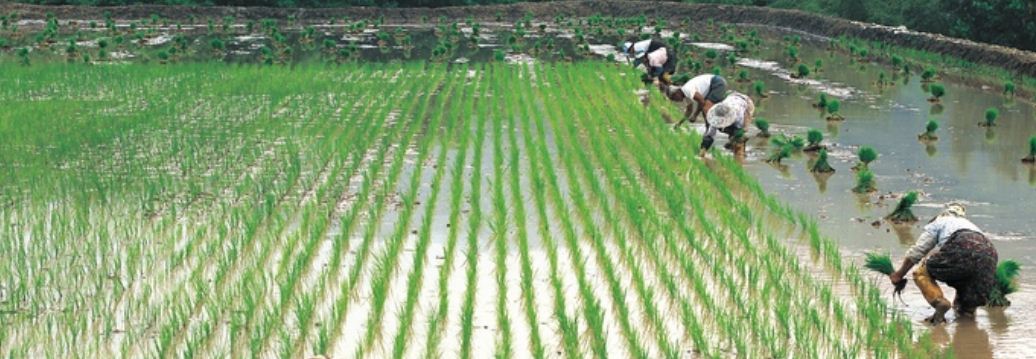Starting a Banana Farm Business

Banana farming is one of the commercial fruit farming in the agricultural sector across the globe. It requires just a few simple and easy processes but good management practices to make a profit out of it.
There are so many people who would like to go into banana farming business as it is now a common trend to have a farm either for food crops, livestock and poultry, because of its high-profit yield.
Banana farming is easy and has less complicated steps but knowing basic essential things you need to do is very important because that is what will lead you to a better return.
What do you know about this kind of farming business? Before anyone ventures into any farming business, it is paramount to have a basic knowledge of what you are going into.
Below tips will guide you effectively on starting your own banana farm at any location in the whole world:
1. Starting Capital
Money takes the lead to any kind of business in the whole world today. Even if you want to learn the business tips from an already existing one, you still have to pay to acquire the training.
In any farming business, whether you are starting a small-scale or large scale farming you must have money in hand to enable tackle any financial need that may arise on the way.
You can choose to start small and then advance later when you must have progressed and made enough cash from the business. On the other hand, you can start big but it still depends on your financial capability. Plan yourself very well before you start looking for land.
2. Get Appropriate Farmland
The banana plantation is a kind of commercial agricultural farming that requires an appropriate site facility under the tropical climatic condition to give the best of its productivity.
From what you decided will make you look for suitable land for such cultivation, you can buy a land which is much cheaper in the rural or suburban areas, you can also rent one or look for farmers who would like to share their land.
But why doing these, always bear in mind that the land should have the right kind of soil for banana cultivation.
Be mindful at this stage to select a fertile land for your banana plantation. It is the fertility of the land that will determine the kind of yield you will get from your farm.
It is important to take this as a precaution than to take correction after you have experienced a loss which may discourage you from proceeding with the business.
3. Soil Check
You cannot discover a site and begin to develop banana plantations without knowing the type of soil that the banana plant requires to do well. You have to follow the tips accordingly as numbered.
After getting land for banana farming what next? Good question indeed.
After you have acquired land for banana plantation, the next thing is to check if the soil meets up with the type of soil that is required for the plant to survive and give better yield.
Though banana can grow from the poorest to the richest soil type the success differs.
The type of soil appropriate for banana farming is a good fertile land with good moisture content and drainage.
Conclusively, the most preferred type of soil required for banana cultivation is rich loamy soil with pH value ranging from 6 - 7.5. The soil should have a good quantity of potash, adequate nitrogen, phosphorus, and some organic contents; not too alkaline or acidic.
It is advisable that the land should undergo soil tests before using it for commercial banana farming.
Note, calcareous soil, saline, and sandy soil are not good for a banana plantation.
4. Prepare The Land For Farming
Once the soil of the land has been tested or checked and found suitable for the plant, the next thing to do is to prepare the land for farming.
Clear the land, prepare it and keep it ready for cultivation. Try as much as possible to remove the weeds by manual weeding process or bush clearing as the case may be.
Level the land after bush clearing. You can use digger for manual digging for a small scale farming that is beginning from a small farmyard.
However, for large scale farmland, farm machinery such as harrow, plow or laser leveler eases the labor involved in land leveling.
It is important to note that preparing the pits for planting at this stage is not bad at all. The pits are dug and left for solar radiation to terminate every soil-borne diseases and insects which may thwart the growth of the plant.
It also allows penetration of air; water/dissolved liquid substances and nutrients into the soil to improve its fertility.
How banana is cultivated?
This is one of the most common questions people normally ask in a banana plantation.
Banana is a perennial type of plant that lives and produces fruits for succeeding generations say two years and above. Suckers are used for initial planting in the first cycle.
Ratooning method of propagation is applied for emerging cycles. This continues with the suckers or ratoons (banana suckers left underground after harvest which gives rise to new plant stand) that succeeded after harvest.
The third cycle of banana cultivation starts with the second suckers or ratoon and it continues this way until the plants die off completely.
5. Get Banana Sucker
The next thing is to get the best banana sucker from another plant nursery to establish your own plantation. Banana suckers come in different varieties and the ones used will determine how the banana will look like.
The sucker is first of all planted in a nursery, and then transplanted into the already prepared moist soil but make sure they are properly spaced out.
Banana sucker is the small shoot that comes from the base of banana plants. Every species of banana have suckers where the plantation emerges. Most times you have to buy suckers from already existing banana farms to start yours.
6. Sucker Treatment
Banana suckers should be well-trimmed and treated before putting in the soil. It is advisable to treat suckers so as to get rid of pests and diseases that attack suckers at the root zone.
Two major virulent pests that attack banana suckers are stem borers and nematodes. These pests can distort the transmission of water and nutrients from the roots to the stems.
This kind of problem when not handle before planting the suckers can reduce the yield of the banana farm or cause failed production.
Suckers can be treated by the method of red acalypha leaf extract or boiling water treatment.
Red acalypha leaf extract
Immerse 90 grams of red acalypha leaves in 10 liters of water and allow for up to 20 minutes. Then dip the sucker inside the solution prepared with the leaves for 20 minutes, remove from the extract after 2o minutes and allow it to dry for 10 minutes before you plant.
Boiling water treatment
Put the root of the sucker in boiling water for 30 seconds. Remove from the boiling water after 30 seconds and allow to access fresh air for 1 hour before planting.
7. Banana Planting Season
Planting of banana is best done during late spring and early summer season around May - June or in autumn September – October.
Initial results from banana farming suggest that when the temperature increases, it will accelerate disease development in banana. Nevertheless, the distribution of rainfall is said to have a larger impact on the harshness of banana disease.
8. Planting Spacing and Pattern
Banana plant varieties differ in sizes they need to be spaced out according to their sizes while planting. Single sucker plants are planted at the center hole in an upright pattern permitting a 5cm pseudo stem above the soil.
When the sucker is successfully placed in the pit, you have to cover it will the soil top and press the soil very well around the sucker to avoid leaving a hollow air space
Standard bananas are bigger than the dwarf banana; therefore the spacing pattern should be entirely different from each other.
Spacing for dwarf banana
Dwarf sizes are planted closer to one another since they are smaller than the standard ones. They are spaced 8 feet apart in rows up to 12 feet wide.
Some varieties of dwarf banana such as Cavendish dwarf needs a minimum of 3.24 meters atop the soil, which can be achieved by spacing at 1.8 x 1.8m or 2.7 x 1.2m.
Spacing for standard size
Standard or full-size varieties are spaces in a different way. Most of the standard banana sizes require a space of 12 feet or more than that. Some can be planted 10 to 11 feet apart or 8 by 12 feet to avoid a negative effect on production quality.
Spacing Patterns
There are different patterns of spacing banana plants while planting. Some are planted in single or paired rows while others plant theirs in squared form or rectangular system.
All the patterns are good but the point is to space the suckers in a way they can survive best and produce a better yield.
9. Plant Management
Managing plants is essential because it has to be nurtured by making sure it has the available nutrients needed and not disturbed by weeds and pests.
Banana plant management involves all the processes of preventing and treating any kind of banana pests and diseases as well as weed control.
This helps in the proper growth and development of the plant into maturity without any defect. It also suppresses weed growth, pest attacks and helps in yield improvement.
10. Harvesting
Most fruits are harvested when they ripe but reverse becomes the case in banana farming. Bananas are picked unripe when the fruit is still greenish in color and exported or marketed this way.
Harvesting of banana fruit is done starting from the month of September to April. Banana bunches reach maturity stage from 90 – 150 days of development when the fruit is evenly filled and the angles on the fruit disappear completely.
Banana farming does not require much capital or much labor. Banana suckers purchased at the beginning of a farming session can last for 2 decades. This makes it one of the best farming businesses that can give you much profit.
You can go for training or work in a banana plantation farm where you will have access to vital information on such farming business to gain more insight because knowledge is the key to success.
Conclusion
Additionally, banana farming is extremely beneficial not just because it serves as a source of food. It creates self-employment for the farmer to become a banana exporter and a renowned supplier to beverage companies. Banana is used in making mixed fruit salad, juice, dessert and more.
Though there are some farmers who might have had bad experiences in this kind of farming business maybe because they didn’t follow the necessary guideline to make them achieve their goal.




